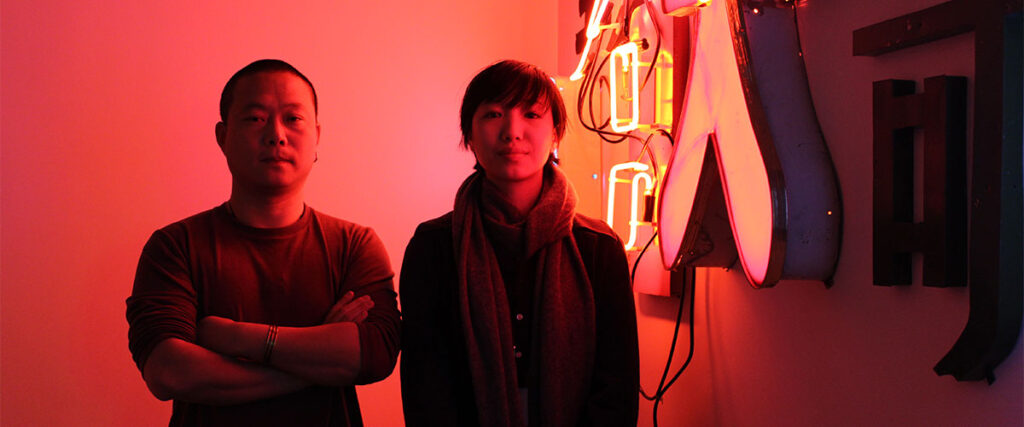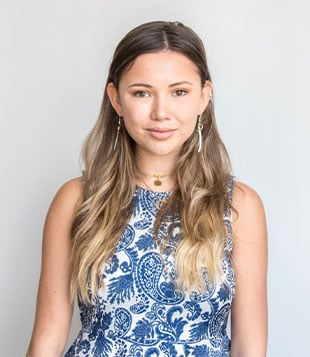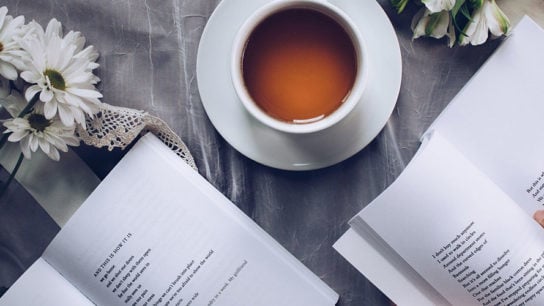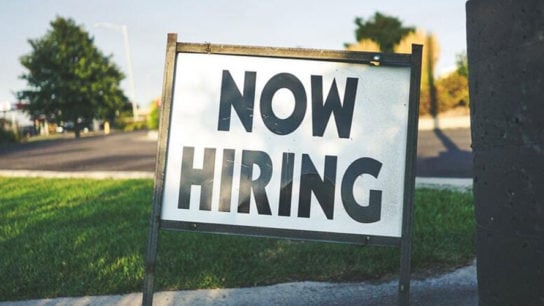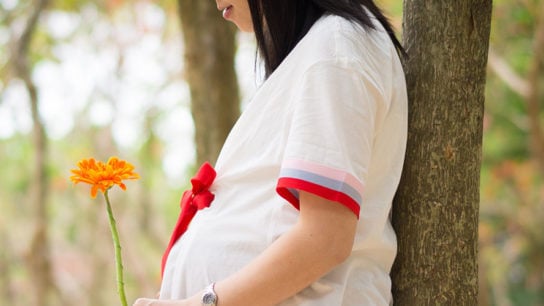Kaitlin Chan, the assistant curator at Asia Society discusses LOVE Long, an exhibition displaying Robert Indiana’s signature pieces alongside 8 artists from Asia.
For over half a century, Robert Indiana’s paintings and sculptures have been some of the most recognisable works of contemporary American art. As a central figure in the Pop Art movement in the 1960s alongside the likes of Roy Lichtenstein and Andy Warhol, his art typically uses single words or commands, billboard-style, to highlight aspects of American culture. He has explored the power of language for going on 6 decades, laying the groundwork for contemporary, text-based art. We talk to Kaitlin Chan, an assistant curator at the Asia Society Hong Kong Centre to learn more about his latest exhibition and the relevance his work still has today in Asia’s art scene.
Today, few Pop images are more widely recognised than Indiana’s LOVE. It’s everywhere – from Wichita, Kansas and Old Montreal, Canada to Bangkok, Thailand and Taipei, Taiwan. There are also variants of it in Hebrew, Chinese, and Spanish, as well as in English. Originally created as a series of paintings which were then transformed for a Christmas card commissioned by The Museum of Modern Art in 1965, the iconic text treatment has since been reproduced in formats ranging from large public sculptures and tapestries to book covers and even stamps. But Dr. Miwako Tezuka, the curator behind LOVE Long, had bigger plans than simply presenting the artist’s best-known hits.
By teaming up with Asia Society Hong Kong Centre, several of Robert Indiana’s pieces are on display, together with works by 8 artists from Asia. Kaitlin explains, “At Asia Society, social messaging is very important. We’re always looking to forge dialogues, so when we’re evaluating exhibition proposals we have to ask if the work plays a part in demonstrating how Asia fits into the global context, and what the art pieces means to the broader community”.
To that end, and to sit alongside Robert Indiana’s works, they commissioned pieces by acclaimed Asian artists and art groups: Kutluğ Ataman, Candy Factory, Young-Hae Chang Heavy Industries, Chim↑Pom, He An, Hung Keung, Charwei Tsai, and Xu Bing. Although the language in the show is diverse both semantically and visually, the pieces come together with a universal message. Kaitlin explains, “the idea that love can be expressed in a variety of different ways is what fundamentally connects all the works in the show.”
The gallery is chronologically orientated, with each chamber concentrating on a specific theme. The first two chambers, “Life as Art” and “People’s Painter” demonstrate Robert Indiana’s penchant for social critique and his bilingual yearning for peace. The third and fourth chambers, “Art and Language” and “Unraveling the Unspoken”, interlace some of his more recent works with those by contemporary Asian artists. There’s Hung Keung’s interactive calligraphy installation which visitors can use to write out the Chinese character for ‘heart’. “It serves as a funny metaphor for how people very much seek to control their hearts”, explains Kaitlin. Then there’s the Turkish filmmaker and artist Kutluğ Ataman’s Arabic script propped up on 6 channel installations, and an almost karaoke-style video installation by Takuji Kogo and Young-Hae Chang Heavy Industries that features an abandoned Scottish town accompanied by a hauntingly familiar Korean anthem. Artist Xu Bing’s contribution “The Living Word” takes a different route, with a selection of archival materials that represent the process behind the finished product. “We’re so used to seeing the perfect artwork and it’s hard to imagine quite how much someone labours behind it or the various struggles with the ideas,” explains Kaitlin.
Perhaps the most chilling and moving of all the pieces on display is He An’s “Do You Think That You Can Help Her, Brother’?” Featuring salvaged signs that had been abandoned and broken in his hometown of Wuhan, the exhibit was inspired by an unsettling and anonymous text he once received asking for help. Kaitlin explains that his work serves as a reminder that “what we might see on the surface, for example urbanization which we may see as good, isn’t all that there is. Some people may be left out of that equation. Begging the question, what are the human consequences of these broader changes in urban space?”
All the works on display have been chosen and curated to encourage the audience to question the understanding of the things around them and read between the lines. It’s a well executed objective in an exhibition that is hard to leave without plenty of questions. When asked for advice on how visitors with limited-to-no experience with art ought to go about evaluating it, Kaitlin replied, “People usually tell me, after finding out that I work as a curator, that they don’t know anything about art. They feel like they need to confess this (laughs). But anyone who has lived and felt things knows about art.” You don’t need a degree or previous experience with art, she continues, just a curious and open mind.
Details
Address: Asia Society Hong Kong Centre, 9 Justice Drive, Admiralty.
Opening Hours: Tuesday -Sunday 11am-6pm, until July 15.
Dates: From now until 15th July
www.asiasociety.org
